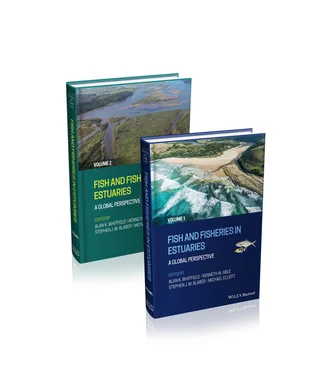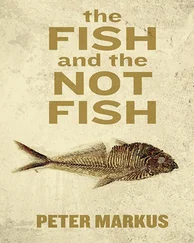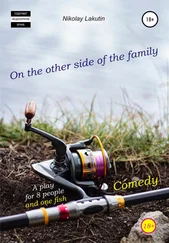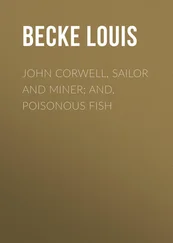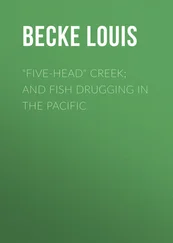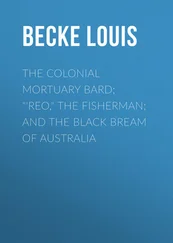To determine if the fish faunas in estuaries within the three zoogeographic regions suggested by Pihl et al. (2002) were distinct, the above ichthyofaunal data were subjected to an Analysis of Similarities (ANOSIM) test. This analysis showed that the faunal composition of the estuaries differed among the three regions (Global R = 0.368; P = 0.9%), with the Baltic/Skagerrak and Mediterranean regions the most distinct ( R = 1.000) and those in systems in the Boreal/Atlantic and Baltic/Skagerrak regions being the least distinct ( R = 0.215). Similarly, Pihl et al. (2002) considered the North Sea and Atlantic Ocean systems to constitute one biogeographic region (Boreal/Atlantic).
Using a combination of latitude and the zoogeographic regions described above, three alternate and significantly different zoogeographic regions in Europe could be identified using estuarine fish assemblages (Global R = 0.876; P = 0.1%). These included Mediterranean/Atlantic (<45 °N); North Sea/Atlantic (>45 °N), including those systems in the Skatterag/Kattegat region of the Baltic; and the Baltic Sea. These revised regions produced far more distinct fish assemblage groupings than those reported in Pihl et al. (2002), i.e. Global R = 0.876 versus 0.368. In the revised analysis, the Mediterranean/Atlantic (<45 °N) estuaries were situated towards the bottom of the ordinations, North Sea/Atlantic (>45 °N) estuaries towards the middle and top of the plots, and estuaries in the Baltic Sea were situated towards the top left of the plots ( Figure 2.5c). In conclusion, the above analyses have shown that fishes in European estuaries contain distinctive fish assemblages that represent at least three distinct biogeographic regions.
A more detailed examination of the importance of the various Estuarine Use Functional Groups (EUFGs) within different South African estuary types from each biogeographic region is presented in Figure 2.6. The importance value is based on a formula that integrates the number of fish species, numerical abundance and biomass of these taxa to each guild in each region or estuary type. Of particular note is the decline in the importance of freshwater migrant species from subtropical estuaries towards warm‐temperate systems, whereas the relative importance of estuarine‐resident species was generally highest in temperate estuaries, regardless of system type ( Figure 2.6).
A similar analysis of the EUFG for European estuaries ( Table 2.1) revealed that, although highly variable, there was an overall decline in the proportion of diadromous species, freshwater species and estuarine species with decreasing latitude ( Figure 2.7). Conversely, the proportion of estuary‐associated marine species, especially marine stragglers, increased markedly in the same direction ( Figure 2.7). The above patterns are probably linked to the marine influence being greater in the estuaries of the Mediterranean region than in those at higher latitudes, which receive proportionally greater freshwater inputs from inflowing rivers due to higher catchment precipitation. We therefore suggest that the similarity in estuarine ichthyofaunal guild trends for temperate North America, New Zealand and Europe are driven, to a large extent, by the increase in relative riverine inputs and decrease in salinity that occurs in estuaries with increasing latitude.
2.3 Estuarine typology and fish assemblages
In a southern African context, Begg (1984a, 1984b) was probably the first to document the similarities and differences between the ichthyofaunal composition and structure in a large number (62) of estuaries comprising several different types of systems. He found that open subtropical estuaries in KwaZulu‐Natal Province were dominated by a wide variety of MEO fishes while systems that were normally closed were dominated by estuarine and freshwater species. Similar patterns exist between permanently open and periodically open estuaries in Western Australia (Valesini et al. 2014).
The pioneering work of Begg (1984b) laid the foundation for more detailed and wide ranging studies. Very quickly, it was determined that the individual estuarine characteristics, especially estuary typology is a key factor in the structuring of fish assemblages (Blaber 1985). Because no two estuaries are identical in terms of either biotic or abiotic characteristics, it could be argued that the ichthyofaunas of each estuary would also differ. Whitfield (1999) postulated, however, that if the fishes in estuaries respond to the environment in a consistent manner, the assemblages occupying similar types of estuaries in a particular region would be expected to reflect this similarity. This would apply particularly at a functional level where the biogeographical distributions of individual fish species does not matter.

Figure 2.6 Summary of importance of EUFG guilds (MS = marine straggler, MEO = marine estuarine‐opportunist; MMD = marine estuarine‐dependent, EM = estuarine migrant, E = solely estuarine, CA = catadromous, FEO = freshwater estuarine‐opportunist; FS = freshwater straggler) in (a) small closed estuaries (b), moderate‐to‐large closed estuaries (c) and predominantly open estuaries in the cool‐temperate, warm‐temperate and subtropical zoogeographic regions of South Africa (after Harrison & Whitfield 2008). Thick horizontal lines denote separation between EUFG categories (i.e. marine, estuarine, diadromous and freshwater).
Early indications that the above patterns and assumptions may be valid was provided by Vorwerk et al. (2003) who demonstrated that the fish assemblages in smaller and larger temporarily open/closed estuaries in the Eastern Cape Province of South Africa grouped together (according to size) and were very different from fish assemblages in permanently open estuaries within the same region ( Figure 2.8). Similarly, Harrison & Whitfield (2008) recorded that the fish assemblages in South Africa differed between estuarine types, particularly within the warm‐temperate and subtropical regions, and noted that the numerical contribution of marine species, such as MEOs, was higher in permanently open than predominantly closed estuaries. This is probably a reflection of a permanent connection with the sea, which allows unrestricted access to permanently open estuaries, a conclusion supported by the occurrence of marine stragglers within these systems. Freshwater and estuarine species were generally more abundant in temporarily open/closed estuaries than in permanently open systems, probably also reflecting the degree of isolation from the sea. Bennett (1989) recorded that, in estuaries in the cool‐temperate Western Cape Province, MEO species dominated the fish community in the permanently open Palmiet Estuary while resident estuarine species dominated that in the nearby normally closed Bot Estuary.
Table 2.1 Number of fish species from five ecological guilds (DA = diadromous, FW = freshwater, ES = estuarine, MEO = marine estuarine‐opportunist, MS = marine straggler) per selected estuarine system in each of three European regions (data from Pihl et al. 2002; Akin et al. 2005; Leitão et al. 2007).
| Region/estuary |
Number of species in each guild |
Total number of species |
| DA |
FW |
ES |
MEO |
MS |
| Baltic region |
| NW Åland |
3 |
17 |
16 |
5 |
3 |
44 |
| Göta |
4 |
3 |
15 |
14 |
17 |
53 |
| Gullmarsfjord |
4 |
1 |
13 |
13 |
19 |
50 |
| Darss‐Zingster |
6 |
20 |
10 |
5 |
3 |
44 |
| Oderhaff/Stettin |
9 |
29 |
8 |
3 |
1 |
50 |
| Boreal/NW Atlantic region |
| Weser & Elbe |
9 |
33 |
12 |
16 |
8 |
78 |
| Westerschelde |
7 |
13 |
12 |
16 |
8 |
56 |
| Oosterschelde |
9 |
1 |
16 |
23 |
25 |
74 |
| Ems‐Dollard |
7 |
3 |
13 |
21 |
9 |
53 |
| Loch Etive |
4 |
1 |
14 |
9 |
22 |
50 |
| Forth |
7 |
0 |
10 |
9 |
19 |
45 |
| Humber |
9 |
18 |
15 |
16 |
27 |
85 |
| Thames |
8 |
21 |
19 |
22 |
40 |
110 |
| Mersey |
6 |
13 |
12 |
19 |
19 |
69 |
| Somme |
4 |
0 |
7 |
11 |
6 |
28 |
| Seine |
11 |
9 |
15 |
20 |
24 |
79 |
| Loire |
10 |
8 |
4 |
18 |
6 |
46 |
| Bay of Cádiz |
1 |
0 |
12 |
22 |
18 |
53 |
| Guadalquivir |
7 |
2 |
9 |
10 |
4 |
32 |
| Ria de Aviero |
7 |
4 |
15 |
16 |
13 |
55 |
| Óbidos |
4 |
0 |
9 |
21 |
11 |
45 |
| Mondego |
3 |
8 |
7 |
2 |
11 |
31 |
| Tagus |
5 |
4 |
12 |
29 |
34 |
84 |
| Mira |
5 |
1 |
17 |
19 |
19 |
61 |
| Mediterranean region |
| Messolonghi |
1 |
3 |
10 |
10 |
38 |
62 |
| Ebro |
3 |
2 |
3 |
4 |
0 |
12 |
| Koycegiz |
1 |
3 |
1 |
12 |
25 |
42 |
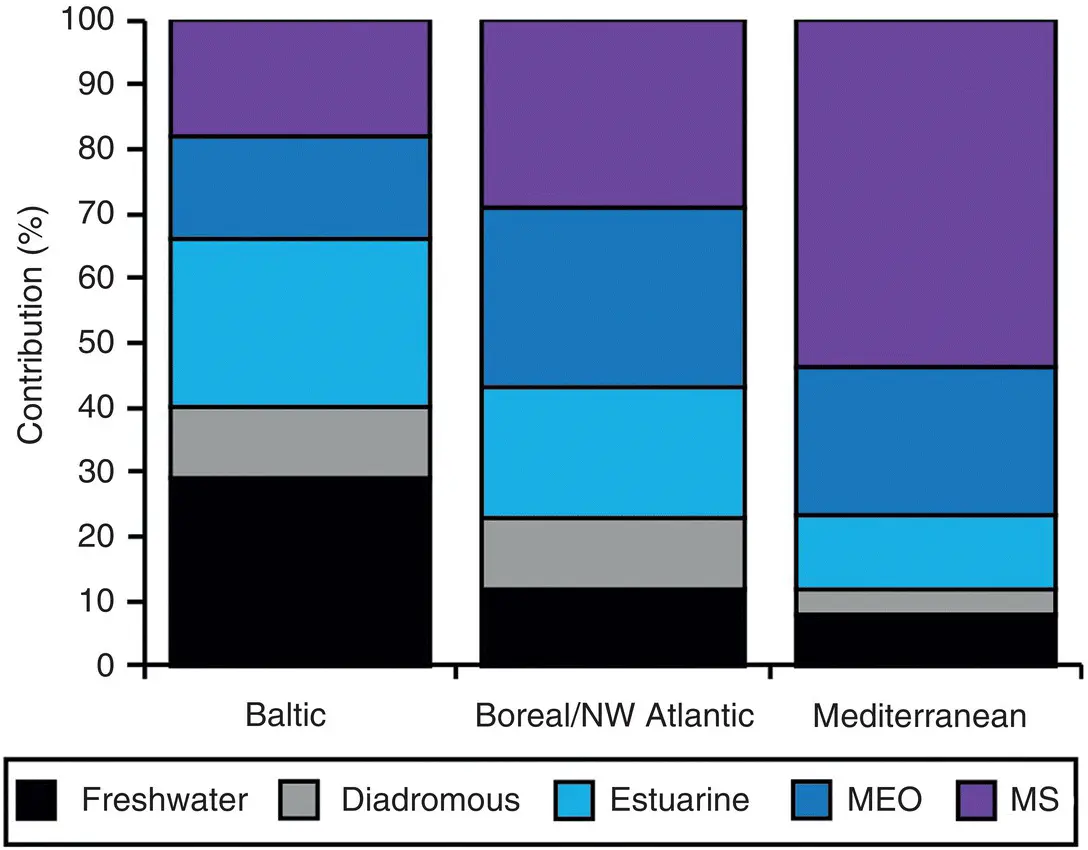
Figure 2.7 Representation by three EUFG categories (freshwater, diadromous and estuarine) and two guilds (MS = marine straggler, MEO = marine estuarine‐opportunist) in the three major European geographical regions.
Читать дальше
